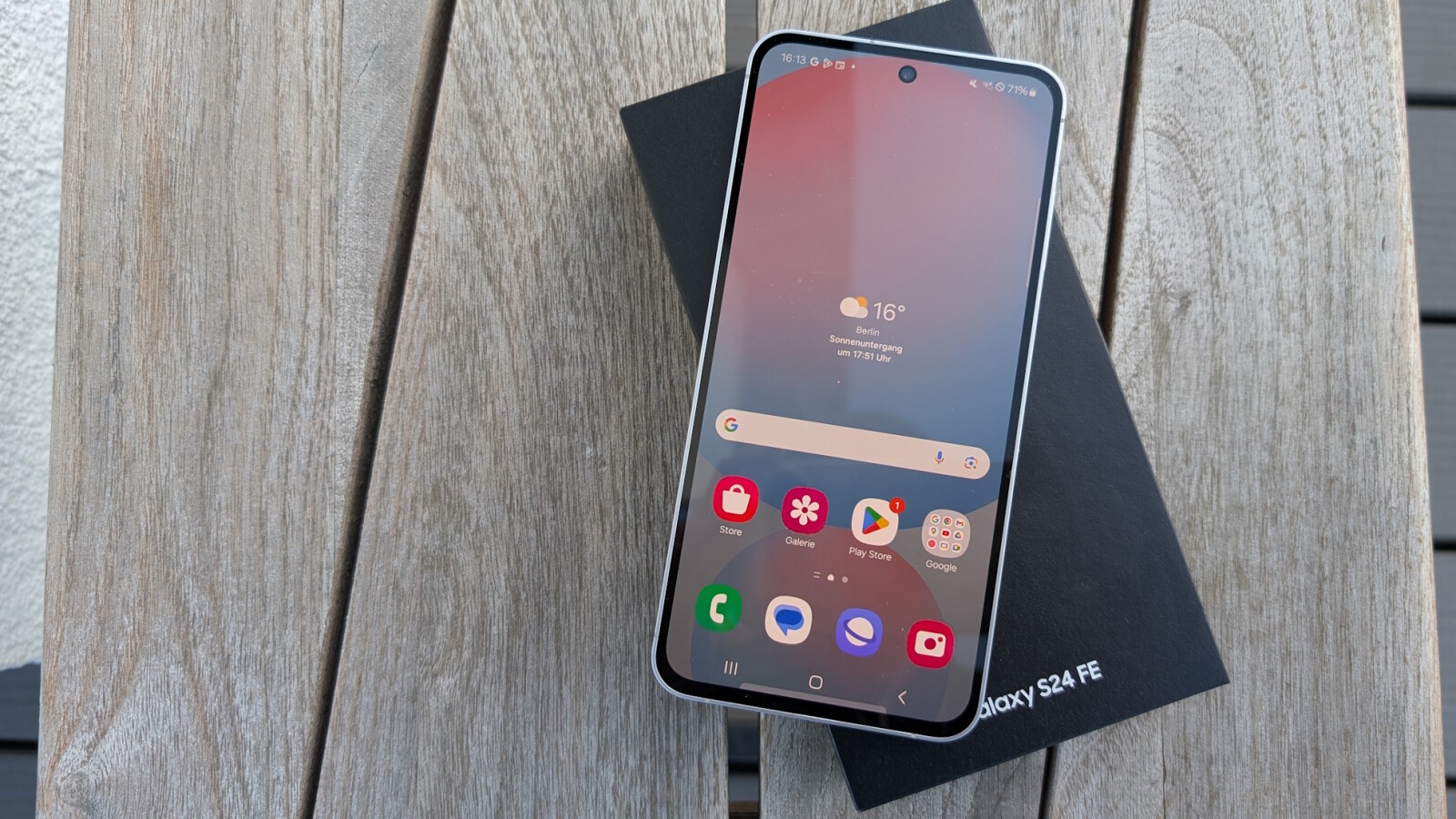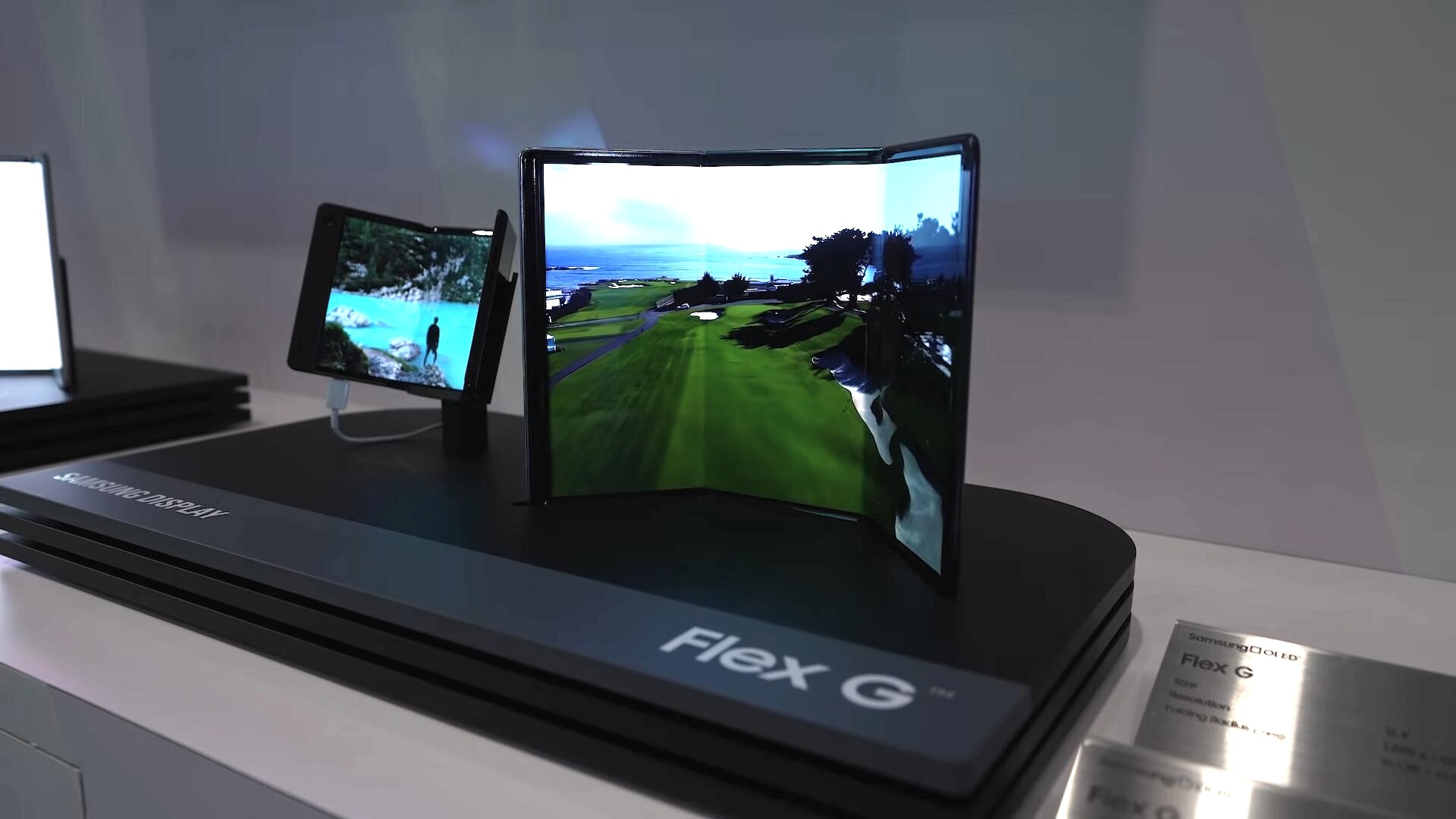AMD has just launched its “FidelityFX Super Resolution” technology and the promises are numerous. Unconfirmed goal: to put Nvidia’s DLSS in the shade and bring more graphics cards in 4K over 60 FPS without the need for a GeForce RTX. We tested it and have to admit that the beginnings are encouraging.
If there is one technology that has – definitely – made a name for itself in the PC gaming world in recent years, it is Nvidia’s DLSS. Offered exclusively on GeForce RTXs, DLSS has that certain something and offers an often impressive increase in performance without any visible loss of quality. We will not go into any further detail (we invite you to consult our article from last July) and we are interested here in the equivalent of DLSS at Nvidia’s big competitor, I called AMD. In fact, yesterday the manufacturer of graphics cards and processors launched “FidelityFX Super Resolution” (or FSR), a feature that has the same purpose as DLSS : Perform an effective upscaling to greatly improve in-game performance without the visual loss being too noticeable.

But when the purpose of FSR is the same as DLSS, the process is different. DLSS (Deep Learning Super Sampling) therefore uses dedicated processing units within RTX GPUs (“Tensor Cores”) to maximize performance and in-game rendering, particularly through the use of AI. The result is very effective, but restricts access to owners of compatible graphics cards.
The good news is that the FSR is completely agnostic and works on a wide variety of graphics cards.
Which games is FidelityFX Super Resolution compatible with?
Currently, only seven games offer the FidelityFX Super Resolution option in their graphics options:
- Godfall
- Year 1800
- Evil Genius 2
- Kingshunt
- 22 racing series
- Terminator Resistance
- The riftbreaker
AMD also states that other (big) titles will soon benefit from the FSR feature, including:
- Far Cry 6
- Resident Evil Village
- Baldur’s Gate III
- DOTA 2
- Farming Simulator 22
- Vampire The Masquerad: Blood Hunt
We said in the preamble: FSR works very differently than Nvidia’s DLSS and does not involve any deep learning at all. The process of upscaling (or “scaling up”) is to lower the rendering resolution in order to reduce the computations for the GPU as much as possible. Then AMD’s algorithm takes over to increase the image quality until the target resolution is reached. FSR analyzes the contours of the image and then reconstructs them in high resolution. The same process is applied to all pixels, with an improvement in the level of detail through the FSR algorithm. FSR will therefore primarily act on the contours of the image, trying to improve their sharpness while damaging all pixels as little as possible.

FSR can be applied at four different levels, depending on whether you want to focus on performance or rendering quality: Ultra-Performance, Performance, Balanced, Quality and Ultra Quality. Depending on the option selected, the game is calculated in a more or less low resolution, as you can see in the following table:
| Definition calculated for 1440p | Resolution calculated for Ultra HD | |
|---|---|---|
| “Performance” | 1280×720 | 1920×1080 |
| “Balanced” | 1506×847 | 2259×1270 |
| “Quality” | 1706×960 | 2560×1440 |
| “Ultra Quality” | 1970×1108 | 2954×1662 |
Do you want to improve the performance of FidelityFX Super Resolution?
AMD announces an increase in performance of up to x2.6 thanks to FSRwhich seems pretty big. In practice, we noticed a solid increase in performance in the two games Godfall and Anno 1800 tested. Our tests were mainly performed in Ultra HD (3840 x 2160) on a Radeon RX 6700XT.

On this GPU model, Godfall averages 40 FPS in UHD when FSR is disabled. If we set FSR to “balanced”, then we go to an average of 75 FPS. We go up to 84 FPS in “Performance” mode. With Anno 1800 the situation is roughly the same: 41 FPS in UHD with deactivated FSR, 58 FPS with FSR on “balanced” and 88 FPS in “Performance” mode.

The performance gap is therefore very impressive, with a profit of up to 114% on Anno 1800 and 110% on Godfall. Here a card like the Radeon RX 6700XT, which Godfall cannot execute with ray tracing over 40 FPS in 4K, happily exceeds 60 FPS with correctly set FSR.
FSR: What impact on image quality?
It is therefore accepted that FSR brings a significant gain in performance, at least in the two games we tested. but how does this affect the image quality? As you can imagine, this is more or less important depending on the chosen “level” of the FSR and the definition you are looking for. To be clear: for now the FSR is particularly interesting if you are aiming for Ultra HD, since in this definition the loss of vision is the least. As already mentioned, FSR will have a strong effect on the contours of objects and we will then see a blurring effect, a lack of precision that is more or less strong depending on the option chosen. The image below compares Godfall in native 4K (no FSR) and Godfall with FRS on “balanced”.


Click here for a full-screen 4K comparison of the two images
As you can see, the loss is noticed on the outlines of the leaves in the trees or on the plane of the drawing on the ground, the outlines of which are less precise. But it’s still acceptable, especially in the case of Godfall, where the speed of the action diminishes the visual impact. On the other hand, in 1440p the deterioration of the contours can be seen more and you will really suffer a loss of annoying rendering. And that’s logical, because to achieve this definition, FSR calculates the image in 1506×847.


Click here for a 1440p full screen comparison of the two images
With Anno 1800 the situation is a little different and one has to admit that the FSR seems to be less “violent” when it comes to quality loss. As you can see in the picture below, the visual difference between the native rendering and the rendering with the FSR (here on balanced) is barely noticeable. A game like Anno 1800, which is played from above and often with a clear zoom-out, is therefore particularly suitable for a technology like FSR.


Click here for a full-screen 4K comparison of the two images
A technology that already promises a lot
These first tests of FidelityFX Super Resolution are therefore very encouraging.. Admittedly, the visual quality drops slightly, but the effect is less if you want to play in 4K and the gain in performance is particularly impressive. And that’s just the beginning for AMD: We remember that the first games that use Nvidia’s DLSS weren’t quite convincing in terms of rendering, but the technology and support from the developers have improved significantly with the release. For him, FSR has its very broad compatibility and also seems pretty easy to implement in a game.
One big question remains: will we ever see FideltyFX Super Resolution on PlayStation 5 and Xbox Series? So on paper nothing stands in the way, especially since the consoles from Sony and Microsoft run with a Radeon graphics solution of the latest generation. Its implementation could be hugely beneficial for larger console productions, finally delivering the 60 FPS 4K with ray tracing that is expected from this generation.
Buy the Radeon RX 6700XT at the best price
Offers
Discount
$ 839.99Free shipping
LDLC
$ 919.96Delivery $ 8.95
Darty
$ 997.97Pick up in store
Table of Contents








